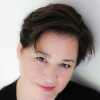Lunar New Year may not loom as large as December 31 in Russia, but with more than a million and a half Buddhists in a multi-confessional country that shares borders with China, North Korea, and Mongolia, and some disputed territory with Japan, it should come as no surprise that many Russian citizens are gearing up for lavish celebrations next week.
The Lunar New Year begins on the day after the first New Moon between January 21 and February 20. This year, the Year of the Water Tiger will begin on February 1, bringing with it, so the astrologists promise, a year of risk-taking, adventure, and rapid change, be it for good or ill. Change and adventure sound marvelous to me, so I am preparing to welcome the new year with abandon… and lots and lots of dumplings.
Dumplings are an essential part of celebrating the Lunar New Year; they are not only delicious but also packed with symbolism. Crescent-shaped dumplings resemble gold and silver ingots, once the currency of the Chinese empire. Along with round, twisted “coin purse” dumplings, these dumplings are considered harbingers of good fortune, particularly if one is the recipient of a single gold coin, hidden inside the filling of every batch of dumplings served at Lunar New Year celebrations. Dumplings also symbolize family unity and togetherness: making a batch of dumplings, while time-consuming and repetitive, is so much easier and enjoyable if done as a group.
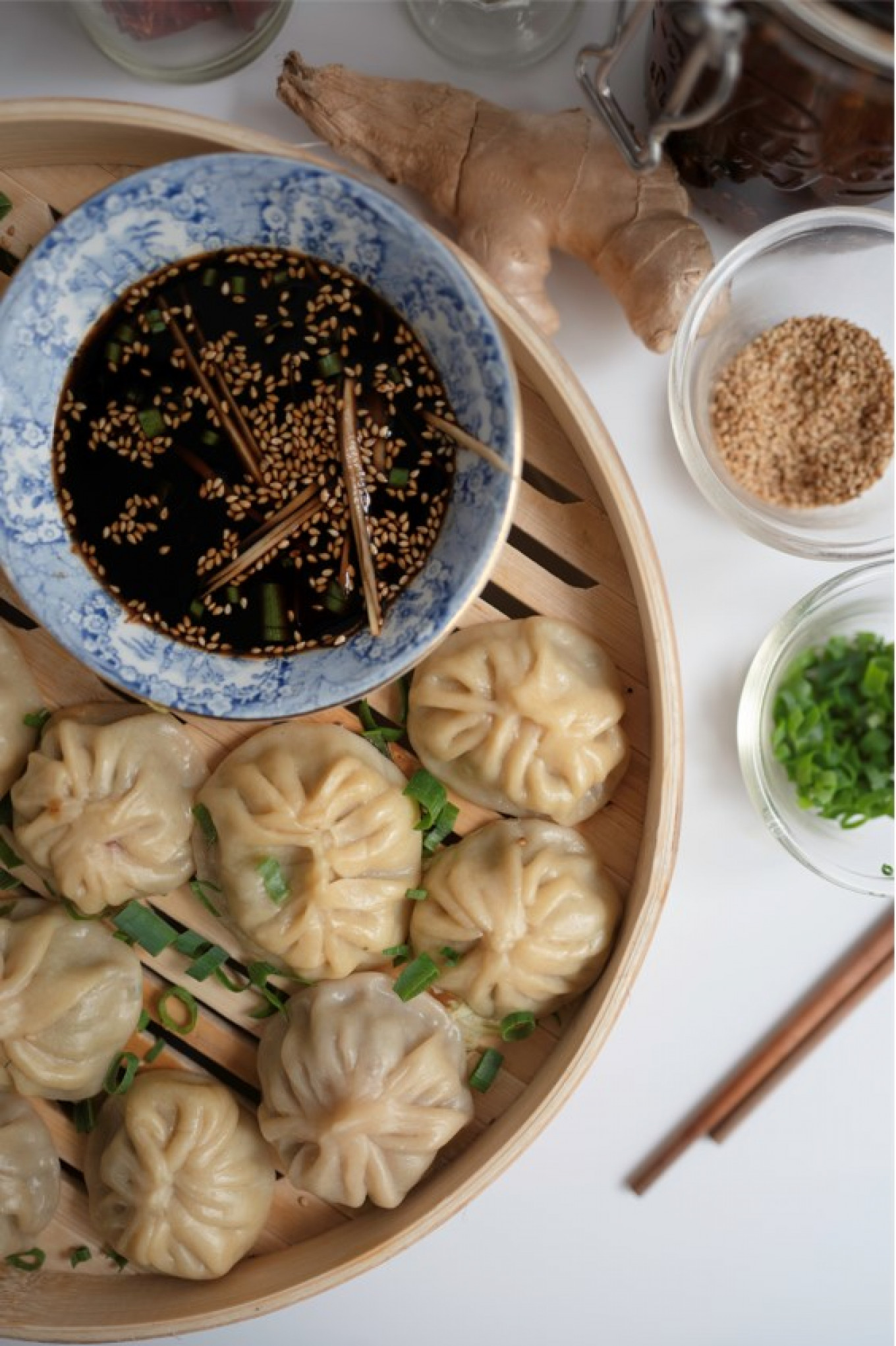
With all this in mind, I turned to one of Russia’s closest geographic and historical neighbors — Mongolia — for inspiration. It was the nomadic tribes of Mongolia who first brought dumplings to Russia: light, portable, but filling fodder to sustain the armies of Genghis Khan, who occupied the lands of Rus for almost three centuries. Later, the Mongolia was absorbed into China until 1921, when the Mongolian People’s Republic was proclaimed. From that time on, Mongolia was closely aligned with the U.S.S.R., though from 1990 Mongolia has pursued a more independent path. But a lot of dumplings, or rather buuz, as they are known in Mongolia, have made their way into Russia, particularly thanks to the Trans-Siberian and Trans-Mongolian railway lines linking Mongolia’s capital Ulaanbaatar with Moscow.
Steamed buuz (pronounced with a broad “oh” as in “boat”) are central to the celebration of Tsagaan Sar or “White Moon” as Lunar New Year is known in Mongolia. Buuz are larger than classic Chinese dumplings, and made with mutton or beef, traditionally flavored with caraway seeds, which gives them a unique taste, then steamed.
Tsagaan Sar is a joyful time, with families fathering together for an expansive and abundant feast, which is considered a positive omen for good fortune in the coming year. To prepare an ample sufficiency of buuz for Tsagaan Sar, Mongolian families wait for bitterly cold days, then gather to form assembly lines, making multiple trays of buuz, which they freeze and store in the frigid outdoors — a trick they handed on to the Siberians who do the same with pelmeni, burying them deep in the packed snow.
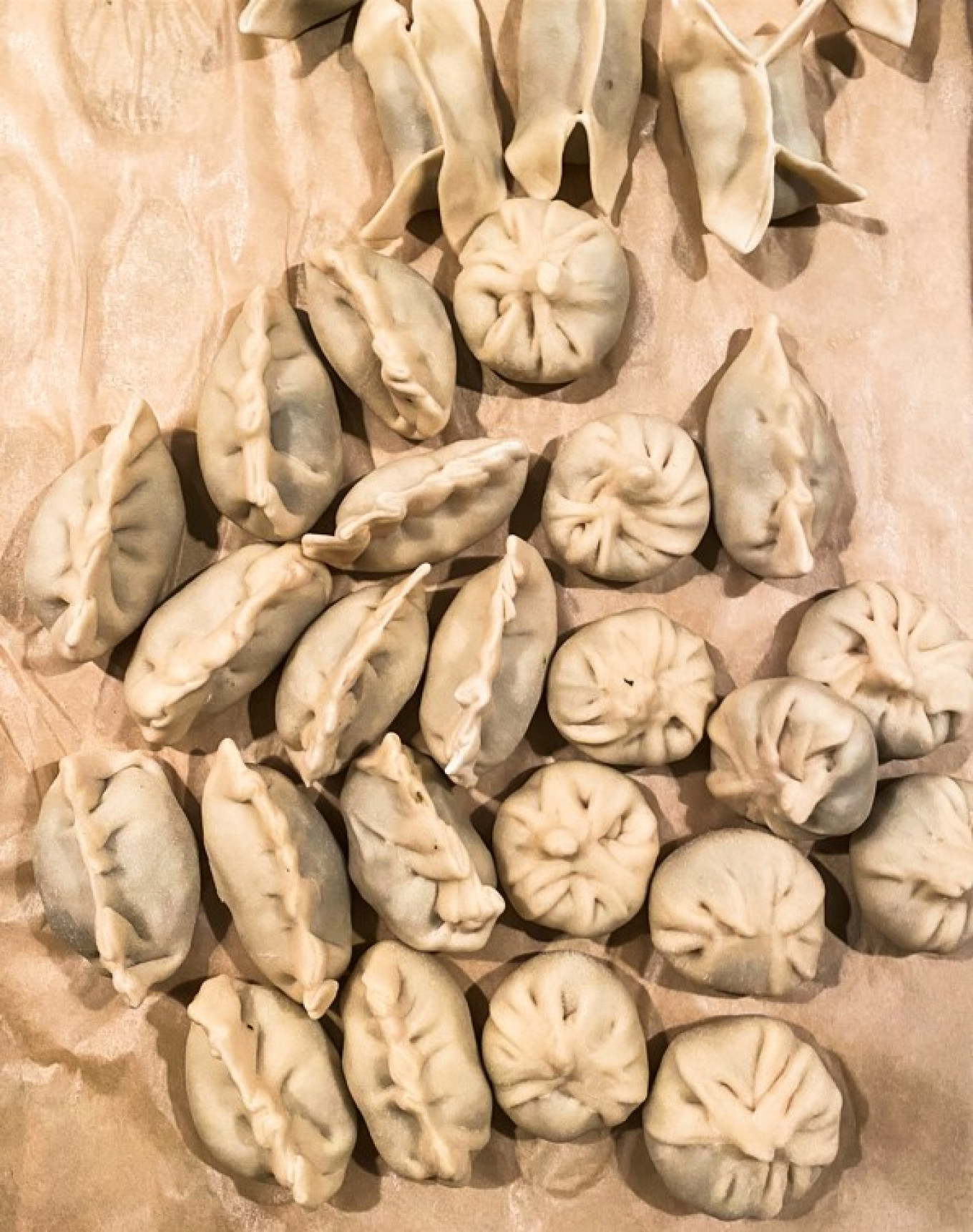
I’ve dedicated this (non-lunar) year to mastering the art of dumplings from all over the world, a project I’m calling #Dumplings2022. I spent much of January test-driving about 40 different recipes for dumpling, wonton, gyoza, Jiao, pirogi, and pelmeni wrappers. Yes, you can buy these in Asian grocery stores, but every single dumpling expert advocates making your own, and after cracking the wrapper code, I agree with them! There is a world of difference between store-bought and homemade wrappers, not only in terms of taste but also in the ease of shaping, pleating, and folding the dumplings. Once I had mastered these essentials, I was ready to dive into the fun(er) parts of dumpling science: the fillings, the folding, and the cooking.
The recipe for buuz below is fairly traditional, using beef, because not everyone can get their hands on actual mutton. The key here is grinding the meat coarsely (see recipe for various methods) and making sure that you mix the filling until it takes on a slightly gelatinous texture. I’ve added a few ingredients to make the filling juicer, including beef stock and butter, which aren’t traditional, but I feel make a tremendous difference. I’ve often seen buuz served with no dipping sauce, but I think the tangy soy sauce and vinegar sauce adds a lot, as does hot chili oil, if your tastes incline towards the spicy. Note that a pelemenitsa won’t work here — you need to fold and pleat these dumplings one-by-one yourself, so gather friends and family around your kitchen table on a freezing day and make some of these addictive Mongolian buuz just in time to ring in the Year of the Water Tiger!
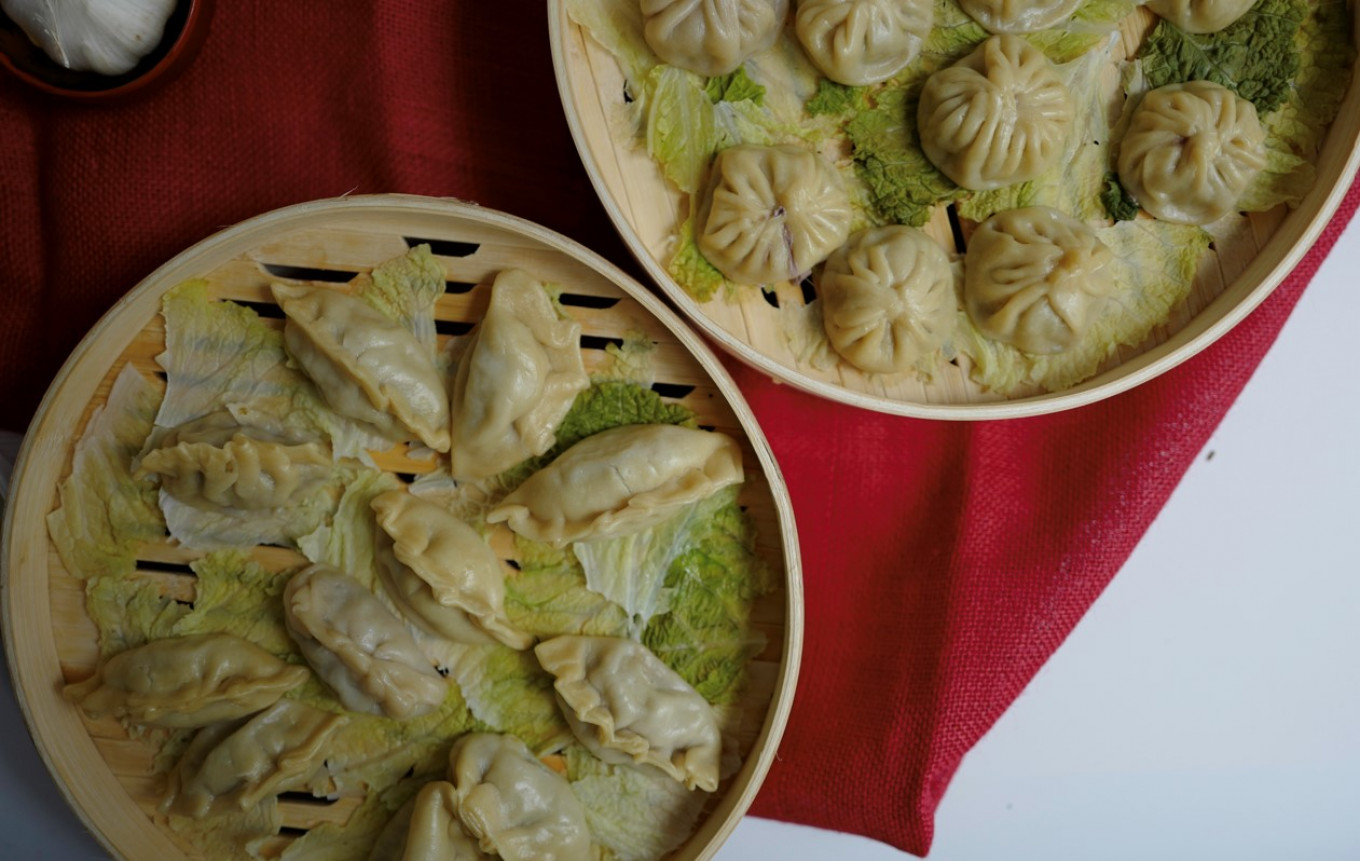
Mongolian Buuz (Beef Dumplings)
Yield: 38-42 Buuz
For the dumpling wrappers
- 3-⅓ cups (430 grams) high protein flour**
- 1 cup (240 grams) boiling water, allowed to cool for 2 minutes
- 1-½ Tbsp salt
For the filling
- 1 lbs. (500 grams) of beef with good fat content (strip steak, porterhouse, or rib-eye)
- 2 small yellow onions
- 4 cloves garlic
- 1 egg white
- 1 bunch cilantro, finely chopped
- 2 Tbsp caraway seeds, toasted
- 2 tsp onion powder
- 1 tsp paprika
- 1 tsp white pepper
- 5 scallions, tops removed, and cut into batons
- 1 Tbsp salt
- ⅓-cup (80 grams) beef stock
- 2 Tbsp salted butter, cut into small chunks
For the soy-vinegar dipping sauce
- ⅓-cup (80 grams) soy sauce
- 2 tsps. of black vinegar or plain white distilled vinegar
- ½-tsp brown sugar or honey
- 1 knob fresh, young ginger, sliced into incredibly thin strips
- 2 scallions, finely minced
- 1 tsp sesame seeds
- ½-tsp hot chili oil (optional — if you don’t like the heat, leave this out)
**A Note on Flour: I tried all kinds of flour for this recipe, and while all-purpose works well enough, it is worth trying to source bread flour or the Gold Standard Italian “00” which is used for making pasta.

Instructions
Make the dumpling wrappers
- Sift together the flour and salt into the bowl of a stand mixer, fitted with a dough hook, or into a sturdy mixing bowl.
- Slowly pour the water into the flour and knead on low (2 on a Kitchen Aid) or by hand with a Danish dough hook or sturdy wooden spatula. The dough will be shaggy at first. If you are mixing by hand, tip the shaggy dough onto a floured surface and knead with the heel of your palm until the dough comes together into a smooth ball with slight elasticity (about 10 minutes).
- If you are using a standing mixer, knead the dough on medium (3-4 on a Kitchen Aid) for 5 minutes until the dough is fully incorporated, is slightly elastic, and pulls away easily from the sides of the bowl.
- Shape the dough into a disk and place it in a plastic bag or wrap it in plastic wrap, and let it rest for 30-50 minutes at room temperature.
- While the dough is resting, make the filling.
- Toast the caraway seeds until their flavor amplifies, then add the remaining spices, toss to combine. Remove from the heat and let cool to room temperature, then pound the mixture with a pestle or grind in a spice grinder. Set the spice mixture aside.
- If you have your own meat grinder, grind the meat on the coarse setting, or ask a friendly butcher to do this for you. Regular ground beef from the supermarket will work, but the texture of the filling is much better with a coarser grind. If you don’t have a meat grinder or a kind butcher, use your food processor to achieve the desired effect.

How to Grind the Meat in a Food Processor
- Cut the beef into small chunks and arrange them in a single layer on a baking sheet lined with parchment paper. Freeze the meat for 30 minutes, together with your food processor steel blade. Working in smaller batches, pulse the meat until it is coarsely ground. Set aside.
- Add the peeled onions and garlic to the food processor and process until finely ground. Add the cilantro and scallions and pulse until they are incorporated into the onion mixture.
- Combine the meat and onion mixture in a large mixing bowl with the egg white, beef stock, and butter. Knead with clean hands to combine. When the mixture is combined, add the spice mixture and salt.
- Use your clean hand or a handful of 6-8 chopsticks to stir the mixture in one direction until it takes on a gelatinous texture, feeling almost slimy to the touch. This may take up to 7-8 minutes. Refrigerate until you are ready to use.
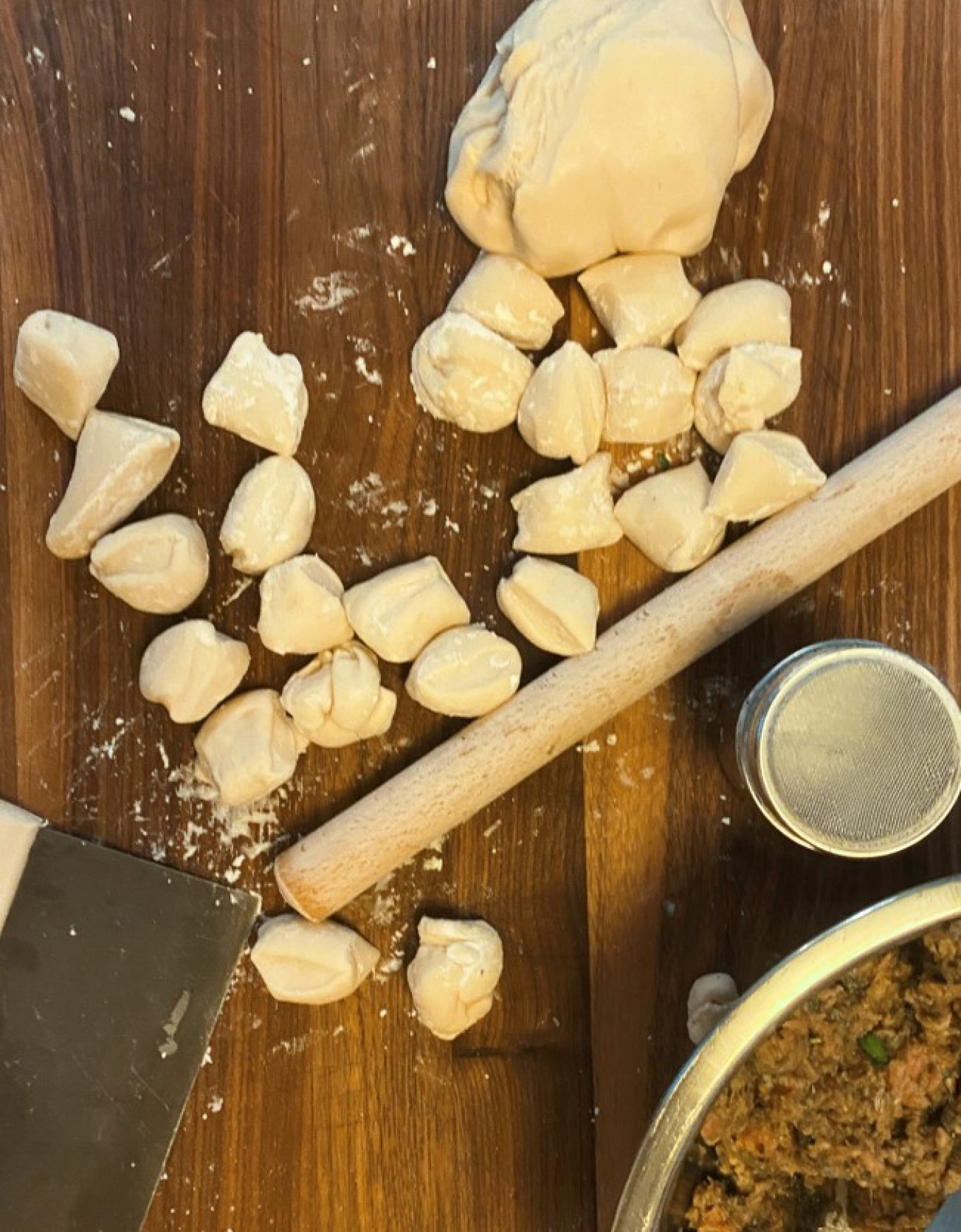
Assemble the Buuz
- Divide the dough into two equal halves, keeping any dough that you aren’t working with under a damp cloth so that it doesn’t dry out.
- Shape each half of the dough into a ring like a bagel, then use your hands to stretch the dough into an ever-widening ring, until the width of the dough is about one inch. Cut the ring into two halves, then use the palm of your hands to roll the dough into long logs. Cut each log into about 10-12 pieces weighing approximately 15 grams each. Note that these wrappers will be larger than pelmeni or gyoza wrappers.
- Flatten each piece of dough into a disc, then roll it out, making the edges of the round wrapper thinner than the middle: this will support the filling.
- Spoon 2 teaspoons of filling into the center of the dough wrapper, then pleat and fold the wrapper into your desired shape: noting that the twisted coin purse and ingot are both considered traditional and very lucky for Lunar New Year.
- If you want to freeze the buuz ahead of time, line the baking sheet with parchment paper ahead of time. Freeze the tray of buuz for 30 minutes, then remove the frozen dumplings to an airtight plastic container or bag, where they will keep in the freezer for up to 5 months.
Steam the buuz
- If you love dumplings and plan to make them often, a bamboo steamer is an excellent investment: it’s easy to use and you can bring the dumplings right to the table in the basket. But you can also use a plain old metal steamer basket as well. Be sure to line both with either parchment paper or Napa cabbage leaves, so that the dumplings don’t stick.
- Get the water going at a sturdy boil in a wok or saucepan, taking care that the water level will not come into contact with the bottom of the steamer basket. Arrange the buuz in the steamer, leaving at least ½-inch between them as they will expand as they cook. Place the steamer basket over the boiling water, cover, and let steam for 8 minutes if the buuz are fresh or 10 minutes if they are frozen.
- While the buuz are cooking, make the dipping sauce: whisk all the ingredients together until the sugar dissolves and serve in a shallow dish.
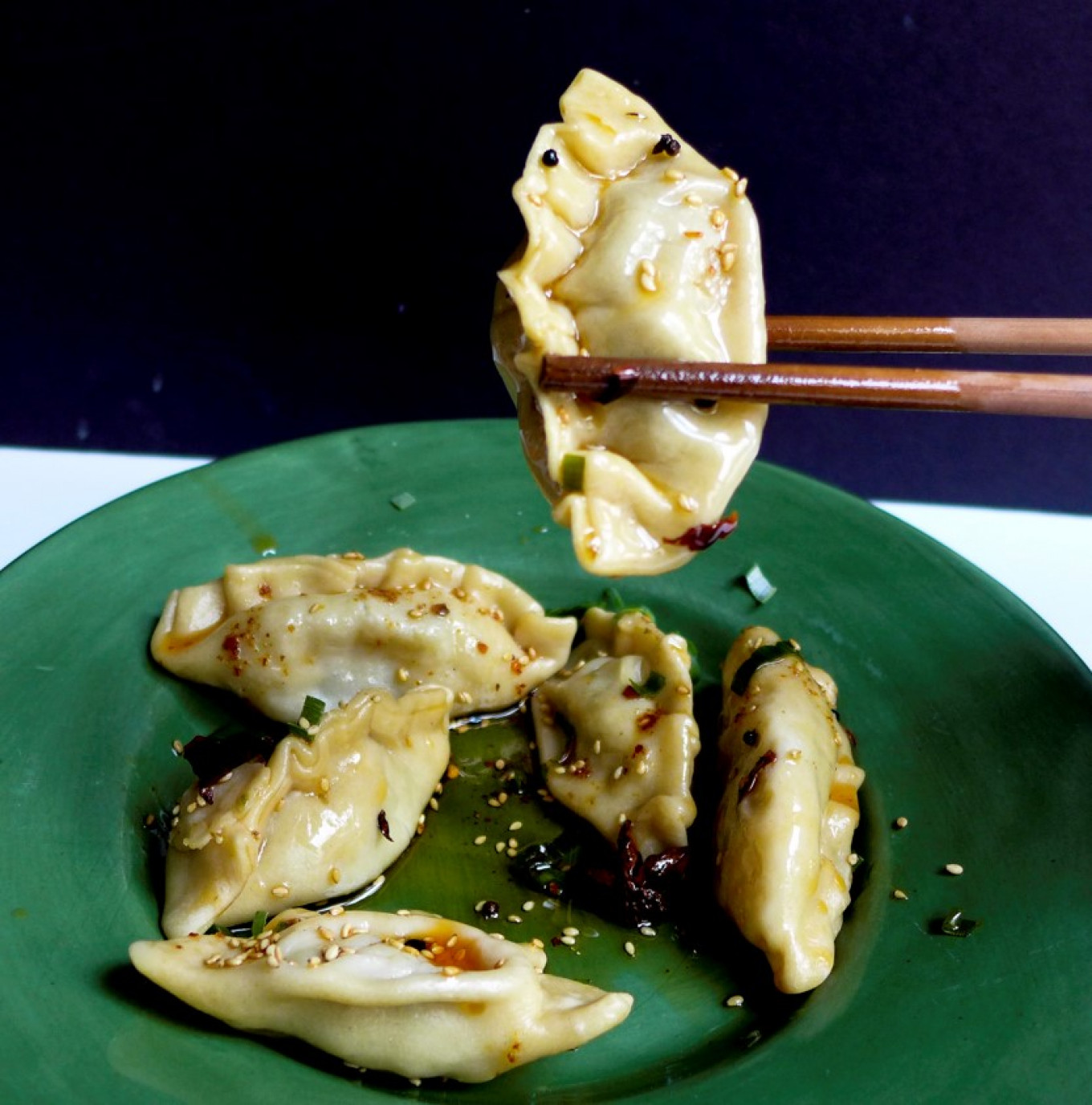
A Message from The Moscow Times:
Dear readers,
We are facing unprecedented challenges. Russia's Prosecutor General's Office has designated The Moscow Times as an "undesirable" organization, criminalizing our work and putting our staff at risk of prosecution. This follows our earlier unjust labeling as a "foreign agent."
These actions are direct attempts to silence independent journalism in Russia. The authorities claim our work "discredits the decisions of the Russian leadership." We see things differently: we strive to provide accurate, unbiased reporting on Russia.
We, the journalists of The Moscow Times, refuse to be silenced. But to continue our work, we need your help.
Your support, no matter how small, makes a world of difference. If you can, please support us monthly starting from just $2. It's quick to set up, and every contribution makes a significant impact.
By supporting The Moscow Times, you're defending open, independent journalism in the face of repression. Thank you for standing with us.
Remind me later.

